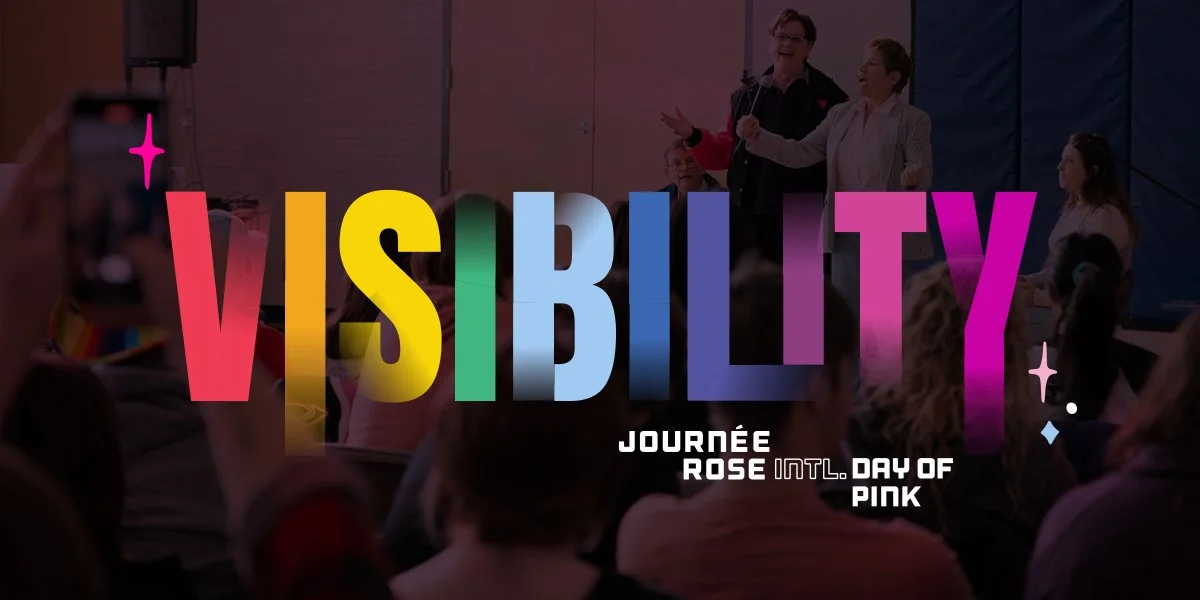Celebrating the 25th Anniversary of the Trans Flag
Curriculum Tool: The Transgender Pride Flag – A Symbol of Determination and Visibility
Grade Level: Middle School to High School (Grades 7-12)
Subject Areas: Social Studies, History, Art, Gender Studies, Civics
Learning Goals:
Understand the history and significance of the Transgender Pride Flag and its role in the transgender rights movement.
Explore the concepts of identity, visibility, and inclusion within the LGBTQ+ community.
Encourage discussions about symbolism and its power to foster unity and visibility for marginalized communities.
Foster an understanding of how individuals, like Monica Helms, use creativity to create meaningful social change.
Essential Questions:
Who is Monica Helms, and why did she create the Transgender Pride Flag?
How does the flag symbolize inclusion and diversity within the transgender community?
What is the importance of visibility and representation for marginalized communities?
How can symbols, such as flags, play a role in social movements and community-building?
Lesson Plan Overview:
Lesson 1: Monica Helms and the Birth of the Transgender Pride Flag
Objective: Students will learn about Monica Helms, her creation of the Transgender Pride Flag, and how this symbol has impacted the transgender community worldwide.
Activities:
Introduction (10 mins): Show a timeline of key moments in LGBTQ+ history, focusing on the late 1990s and early 2000s when the Transgender Pride Flag was created. Introduce Monica Helms and her vision for the flag.
Primary Source Analysis (30 mins): Read an excerpt from an interview with Monica Helms where she describes her inspiration for the Transgender Pride Flag. Discuss as a class how her personal experiences as a Navy veteran and transgender woman influenced the design.
Discussion (20 mins): Ask students, "Why is it important to have symbols like flags for marginalized communities?" Explore the emotional and cultural significance of visibility and inclusion.
Homework/Extension:
Creative Writing Prompt: Imagine you are Monica Helms designing the Transgender Pride Flag. Write a diary entry reflecting on the importance of visibility and the moment you saw the flag flying for the first time.
Resources:
Timeline of LGBTQ+ rights milestones.
Excerpts from interviews with Monica Helms (available online).
Photos of the first time the Trans Flag was flown at events (e.g., Arizona Pride in 2000, Parliament Hill in 2019).
Lesson 2: The Power of Symbols – Analyzing the Transgender Pride Flag
Objective: Students will explore the design elements of the Transgender Pride Flag and discuss how colors, shapes, and patterns are used to represent identity and inclusion.
Activities:
Flag Analysis (15 mins): Show the class the Transgender Pride Flag. Discuss the symbolism behind its colors (light blue, pink, and white). Have students analyze why these particular colors were chosen and how the flag’s design creates a sense of inclusion.
Small Group Activity (25 mins): Divide the students into small groups and provide each group with a blank outline of a flag. Ask them to design their own flag to represent an aspect of identity that’s important to them (e.g., cultural background, personal values). Each group should present their flag and explain their design choices.
Class Discussion (10 mins): Bring the class back together and discuss how colors and symbols in flags are powerful tools for communicating ideas and uniting communities. What emotions or ideas do students think the Transgender Pride Flag conveys?
Homework/Extension:
Research Task: Choose another pride flag (e.g., the Rainbow Flag, the Non-Binary Flag, or the Progress Pride Flag) and research its history and symbolism. Write a one-page report comparing its design and significance with the Transgender Pride Flag.
Resources:
Transgender Pride Flag images and detailed breakdown of its design.
Blank flag templates for student design activities.
Lesson 3: Visibility and Representation in Social Movements
Objective: Students will explore the importance of visibility and representation for marginalized communities, focusing on the role of the Transgender Pride Flag in promoting awareness.
Activities:
Opening Discussion (10 mins): Introduce the concept of “visibility” in social movements. Why is visibility important for marginalized communities, and how does it contribute to social progress? Discuss key events like International Trans Day of Visibility and Transgender Remembrance Day.
Media Analysis (30 mins): Show clips from news coverage or social media posts where the Transgender Pride Flag is flown during key events (e.g., Pride marches, International Trans Day of Visibility). Discuss how the flag has helped raise awareness about transgender issues and celebrate diversity.
Class Debate (20 mins): Divide students into two groups to debate the role of symbols like flags in creating change. One group will argue that symbols like the Transgender Pride Flag play a crucial role in uniting communities and raising awareness, while the other will argue that action and policy change are more important.
Homework/Extension:
Reflection Essay: Why do you think the Transgender Pride Flag became such a powerful symbol for the trans community? What does the flag represent to you?
Resources:
Video clips of Pride marches and flag-raising ceremonies.
News articles covering the Transgender Pride Flag’s role in LGBTQ+ events.
Lesson 4: Transgender Rights and Milestones in Canada and Beyond
Objective: Students will learn about the key milestones in transgender rights in Canada and internationally, connecting the role of the Transgender Pride Flag to the broader fight for transgender rights.
Activities:
Introduction (10 mins): Provide an overview of significant transgender rights milestones, focusing on Canada (e.g., Bill C-16, which added gender identity and expression to the Canadian Human Rights Act in 2017).
Timeline Activity (20 mins): Create a large class timeline on the board with key moments in transgender history, including when the Transgender Pride Flag was first flown. Encourage students to add events that highlight both legal changes and cultural shifts, such as media representation.
Case Study (Guest Speaker or Video Option) (20 mins): If available, invite a local transgender activist or expert to speak about their experiences with visibility and advocacy. If a speaker is unavailable, show a short documentary on transgender rights and the role of symbolism in the fight for equality.
Homework/Extension:
Research Project: Research one major milestone in transgender rights, either in Canada or globally, and create a visual presentation (poster, infographic, or PowerPoint) detailing the event, its significance, and its connection to the broader transgender movement.
Resources:
Timeline of transgender rights milestones in Canada.
Videos or documentaries on transgender rights movements, such as "Disclosure" (2020) or clips from Pride events.
Websites for LGBTQ+ rights organizations (e.g., Egale Canada, Trans Equality).
Additional Resources:
Books:
"Transgender History: The Roots of Today’s Revolution" by Susan Stryker (covers the history of transgender rights and activism).
"Beyond Magenta: Transgender Teens Speak Out" by Susan Kuklin (focuses on the experiences of transgender youth).
Websites:
Monica Helms’ Website (for primary source materials and her personal reflections on creating the flag).
Egale Canada (Canada’s LGBTQ+ human rights organization).
Transgender Equality (U.S.-based advocacy group that provides resources and education on transgender rights).
Documentaries:
"Disclosure" (2020), which explores the representation of trans individuals in film and media.
"The Trans List" (2016), featuring interviews with prominent trans activists.
Assessment:
Participation in group discussions, debates, and creative activities.
Written reflections and research tasks.
Flag design project and presentations on the importance of visibility and symbolism.
Final reflection essay connecting the Transgender Pride Flag to broader social movements for equality and visibility.
This curriculum will help students explore the creation and significance of the Transgender Pride Flag, emphasizing how symbols can foster inclusion, raise awareness, and contribute to broader social change. Through discussions, creative projects, and research activities, students will gain a deeper understanding of the importance of visibility in the LGBTQ+ community and beyond.


